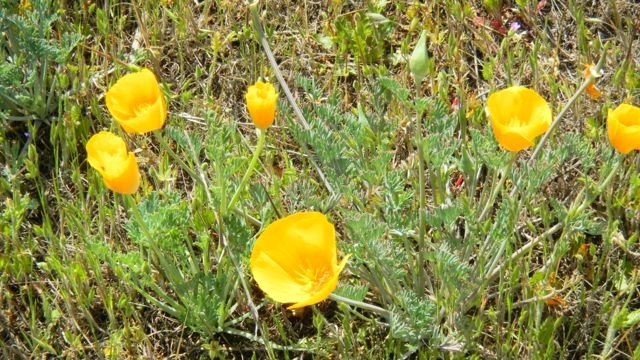My title is Regional Advisor – Invasive Plants, but I really think of myself as a Weed Scientist (which sometimes gets an interesting response from some people; those that likely have a smoking habit).
Weed is a simple word; everyone knows the word and has an idea of what it is referring to, right? It’s a plant that someone doesn’t like for some reason. Or perhaps it is a plant existing somewhere it doesn’t belong. The definition that the Weed Science Society of America (yes there really is a Weed Science Society of America, and no they do not do research on “WEED”) uses is, “any plant that is objectionable or interferes with the activities or welfare of man or the environment.” (The italicized part of the definition was added on in recent years to make all of us invasive plant folks happy.)
All of these ways of defining weeds include a human connection; we don’t like them, they are in an unwanted place, they interfere with our interests. That means that a plant is only a weed when we say it is. Plants that are weedy often have biological traits, like rapid germination, prolific seed production, or airborne seed, that enhance their weediness, but these traits do not create a biological definition of a weed. (For more on this subject and an outstanding attempt to define weed, see Radosevich, S.R., J.S. Holt, and C.M. Ghersa. 2007. Ecology of weeds and invasive Plants. Wiley Interscience, chapter 1.)
To me this is the important value of the term Weed; it reminds us that we are responsible for weeds and make decisions regarding what to do about them, even if it means doing nothing, which is too often the case. Even when a plant is naturalized, (naturalized has a benign feel, doesn’t it?) it just means that that particular weed has settled in well in its new home. An excellent paper on this subject and the proper use of invasive plant terminology (Richardson, et al. 2000. Naturalization and invasion of alien plants: concepts and definitions. Diversity and Distributions 6(2):93-107.) states that “between 50 and 80% of invasive plan
t species can be classified as pests or weeds, depending on actual impacts and human perceptions”. And when you consider weeds like wild oats (Avena fatua) or black mustard (Brassica nigra) that have been in California for over 250 years and are ubiquitous, the adjective “invasive” does not seem to be appropriate any longer, how about “invaded”. By the way, the California poppy below, our official state flower, is a serious agricultural weed in Chile.
So if I tend to use weed instead of invasive plant, I hope I have justified my rationale. On the other hand, when I meet someone these days and they ask what I do, they seem to understand when I say I do research and education on invasive plants. When I say I am a Weed Scientist they often look at me in an odd way; so I’m probably all wet anyway.
